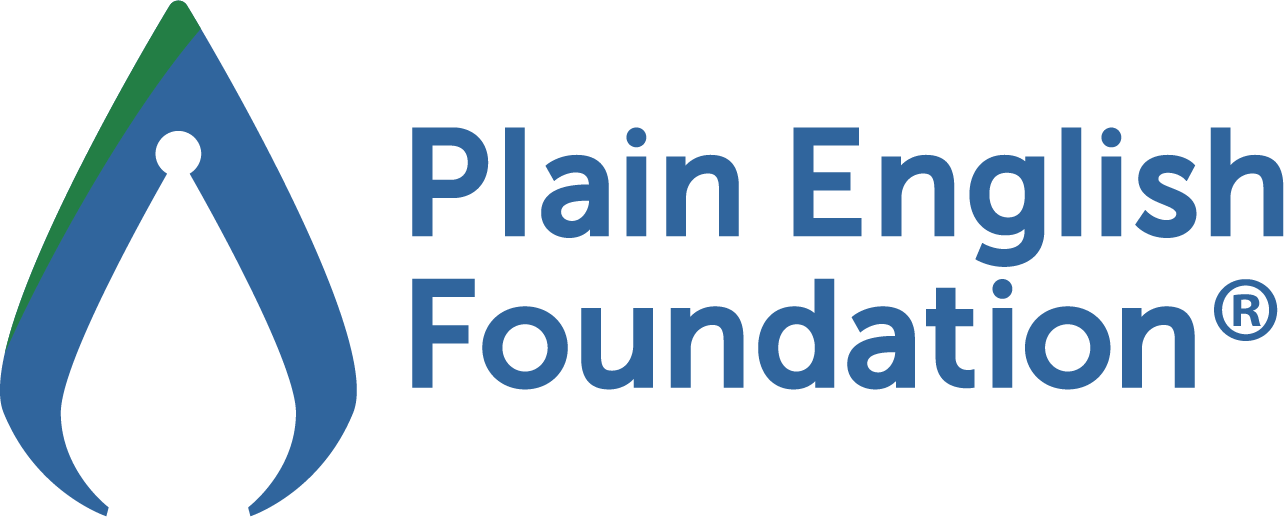Emojis at work: when is a 👍 not a 👍?
By Emily Halloran
Love them or loathe them, emojis are part of how many people communicate. We see them in text messages and on social media, but what happens when they appear in professional contexts? Using emojis in professional communications can confuse or insult your reader. And you might even end up in legal hot water.
We recommend saving emojis for casual emails or instant messages between colleagues. Avoid using emojis in more formal writing, such as reports, board papers and briefs. And for emails to clients, use clear, precise language, even if it means forgoing your favourite emoji.

Emojis work best in casual situations
When writing in the shorthand of an online chat, emojis can help clarify how you’re feeling. For example, with no emoji, it might be difficult to parse how someone feels about being asked to join the new finance project. But if they include an emoji, it leaves little doubt as to their feelings.
Adding 1 emoji completely changes the sentiment of these example sentences, with feelings ranging from annoyance to delight or anger:
- I’ve been asked to join the new finance project 🙄
- I’ve been asked to join the new finance project 😄
- I’ve been asked to join the new finance project 🤬
But what if you used this emoji instead 🙏? Are you praying for help, grateful or high-fiving? It’s ambiguous and this will only slow down communication as your reader tries to figure out your intent.
Even using emojis in emails requires some thought. If you’re emailing your boss or an external client and want a lighter tone, it’s best to create it with your words rather than emojis that the reader might misinterpret.
Our Australian Style Guide™ suggests that if you want to lighten your tone and engage readers, use contractions and pronouns, such as ‘we’, ‘you’ and ‘they’.
Emojis may be legally binding
If you use emojis in your professional writing, they might be legally binding as these examples show.
In 2023, a Canadian judge ruled that a thumbs up was as legally binding as a signature. In this case, Mr Achter, the owner of a farming company, responded to a photo of a contract with a thumbs-up emoji. The contract was for flax.
When Mr Achter didn’t send the buyer the flax, a dispute started:
- the buyer argued that the emoji implied Mr Achter agreed to the contract
- Mr Achter argued that he was only acknowledging that he’d received the contract.
The judge ruled in favour of the buyer because Mr Achter would routinely use ‘curt words’ such as ‘looks good’ and ‘ok’ to consent to previous contracts.
This thumbs up cost Mr Achter over $92,000.
In 2017, an Israeli judge ruled that celebratory emojis showed that a couple intended to rent a landlord’s property. In this case, a couple responded to a landlord’s listing with ‘Good morning 😊 Interested in the house 💃🏻👯✌️☄️… Just need to discuss the details… When’s a good time for you?’ Subsequently, the landlord removed the listing.
When the couple didn’t commit to the property, the landlord sued them. The judge ruled in favour of the landlord because the emojis were misleading. The judge also said that the couple had negotiated in bad faith by using celebratory emojis.
These emojis cost the couple almost $3,000 in damages and the landlord’s legal fees.
These 2 examples show a disconnect between the writer’s intention and the reader’s interpretation. This disconnect is why we recommend choosing clear, precise language in situations where effective communication is important. It’ll save you time discussing your meaning with readers and possibly some legal fees too!
Readers with different backgrounds may find emojis offensive
As we’ve seen, people may interpret the same emoji in different ways. Further examples of this appear in how different cultures and generations use emojis.
The thumbs up emoji may signal obscenity rather than approval for Middle Eastern readers.
And for generation Z, when the thumbs up emoji appears in the workplace, it’s hostile or passive aggressive.
All this to say, choose your emojis wisely, or play it safe and choose clear, precise language for your documents.
If you need help getting the job done with workplace writing that’s unambiguous, contact us today. Our ISO-aligned training and editing systems transform writing at work into writing that works. Our clear communication techniques speed up decision-making, streamline processes and avoid confusion. They get results. Every document, every day.
Did you hear our radio interview?
For more on emojis, listen to our interview with James Valentine.






